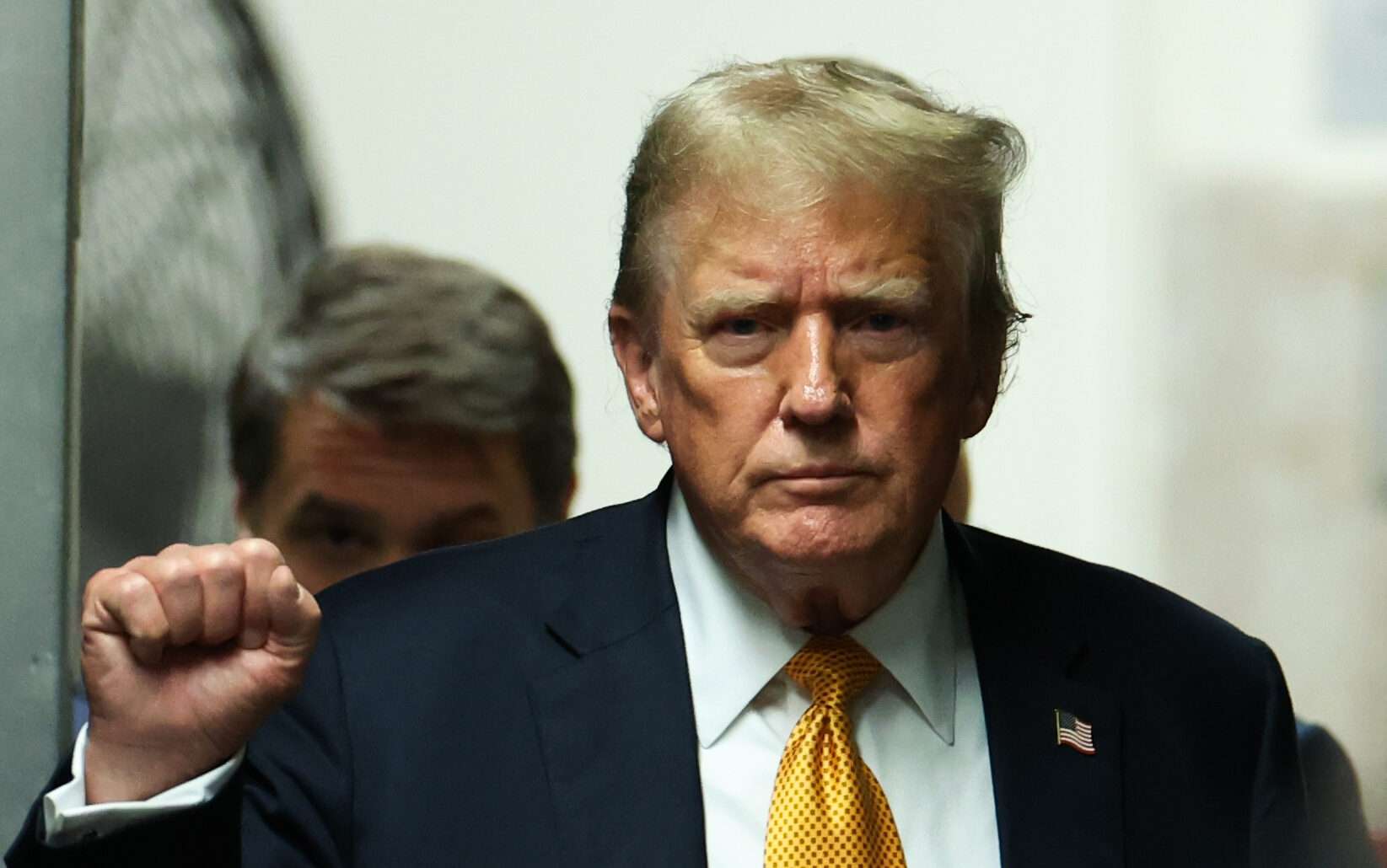The legal theory in the New York case against former President Donald Trump, which turns a single hush payment into 34 state felonies, is complex and confusing. The prosecutors are relying on a combination of statutes to support their argument. Judge Juan Merchan, overseeing Trump’s trial, further complicated matters by instructing jurors on the findings they must make to determine Trump’s guilt.
In late 2016, Trump’s lawyer Michael Cohen paid Stormy Daniels $130,000 to keep quiet about her alleged encounter with Trump. When Trump repaid Cohen in 2017, prosecutors claim he falsified 34 business records to disguise the payment as legal fees, which is illegal. The prosecution argues that this falsification was done with the intent to defraud, making it a felony under certain circumstances.
One statute being relied upon is Section 17-152 of the New York Election Law, a rarely used law that makes it a crime for two or more people to conspire to influence an election through unlawful means. Merchan outlined potential unlawful means that Trump may have been involved in, one of which involves violating the Federal Election Campaign Act (FECA) by making an excessive campaign contribution.
It is unclear whether Trump knowingly violated FECA, as prosecutors must prove intent to secure a conviction. The prosecution also alleges that Trump conspired to promote his election through unlawful means, which requires a specific intent to commit a crime. This theory hinges on Trump’s understanding of FECA and his intent behind falsifying business records.
Despite the prosecution’s arguments, the judge mentioned two additional theories that seem less plausible. One involves tax fraud, and the other suggests Trump falsified records to conceal other falsified records. These theories raise questions about the logic and feasibility of the prosecution’s case against Trump.
Overall, the legal proceedings in the case against Trump are intricate and raise doubts about the strength of the prosecution’s arguments.
The argument presented is that the crime was committed as a means to further another crime, specifically to influence the election through unlawful methods. One possible crime mentioned is the falsification of business records, which could have been used as a way to falsify other documents. Merchan’s ruling allows for jurors to have differing opinions on which theory has been proven beyond a reasonable doubt, potentially leading to a convoluted rationale for convicting the defendant.
Merchan instructed the jury that they do not have to agree on the exact details of the case, including the specific crime committed. The government had outlined three possible crimes that could constitute the “unlawful means” used to influence the election, and jurors were told they could have different opinions on these crimes. This could result in a split verdict, with each theory being supported by different jurors, but still considered a unanimous decision.
However, Merchan did mention that mere knowledge of a conspiracy does not automatically make someone a co-conspirator, and prosecutors must prove intent. The testimony of Michael Cohen regarding Trump’s involvement in the alleged conspiracy is crucial in establishing intent, but it must be corroborated with other evidence in order to convict. The evidence presented includes Trump’s instructions to pay Daniels and his knowledge of the reimbursement plan, among other circumstantial factors.
The prosecution offered multiple theories of “unlawful means” for the jury to consider, but if each theory is flawed, combining them may not compensate for their individual weaknesses. The jurors are not required to agree on the exact nature of the crime, which could lead to a potentially unclear basis for conviction.
Source link





